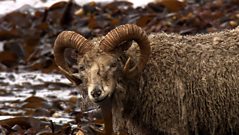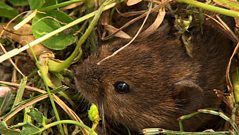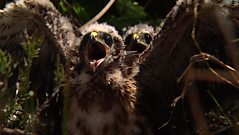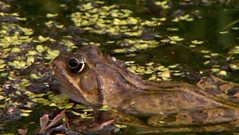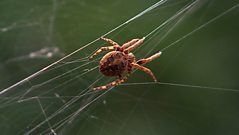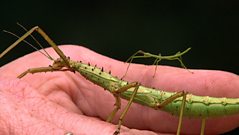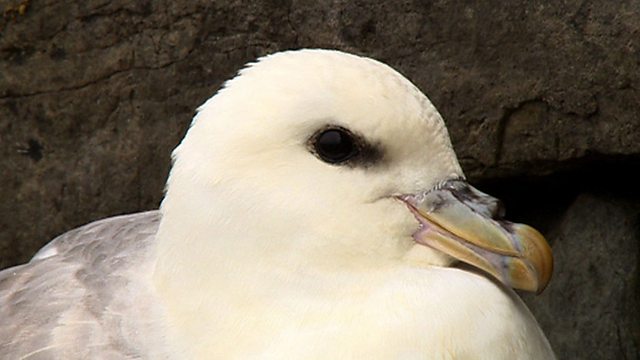
UK albatross
Fulmars are mini albatrosses, clumsy on land, but masters of the air.
In Orkney wherever you look round the coast there are fulmars. And it鈥檚 as recently as 1901, which is comparatively recent, when the first pairs of fulmars actually bred here on Orkney. It鈥檚 got another local name and that is 'molly mock', which is very close to 'molly mawk' which happens to be another word used all around the world for albatross. And that is exactly what a fulmar is: it鈥檚 a small albatross. It shares various characteristics. It鈥檚 got the tubenose on top of the beak, which allows it to filter salt out of seawater, and it鈥檚 got a terrific smell for fish. They mate for life, and that life can be very, very long. In fact, the oldest recorded fulmar is over 50. And the other thing is that just like albatrosses on land they鈥檙e not that pretty, maybe a bit clumsy, but when they start flying they are absolute masters of the air. They can glide for ages without a flap. When they hang on the wind like this it鈥檚 like some invisible wire or maybe even some invisible elastic, it鈥檚 constantly up and down, up and down, just sway to the left, sway to the right. Normally a bird is doing something, but you watch a fulmar like this and I can鈥檛 come to any other conclusion than it鈥檚 revelling in its own powers of flight.
Duration:
This clip is from
Featured in...
![]()
麻豆社 Nature
Be captivated, informed and inspired by the world's wildlife.
More clips from Orkney Islands
-
![]()
No eels please
Duration: 00:50
-
![]()
Ronaldsay sheep
Duration: 01:39
-
![]()
Giant vole
Duration: 02:26
-
![]()
Rare raptor
Duration: 02:12
More clips from Bill Oddie's How to Watch Wildlife
-
![]()
Egg chatter—Series 2, Kielder Forest
Duration: 02:25
-
![]()
Garden oases—Series 2, Homes and Gardens
Duration: 01:59
-
![]()
September spiders—Series 2, A Dorset River
Duration: 02:06
-
![]()
Prickly stick insect—Series 2, Homes and Gardens
Duration: 02:53



